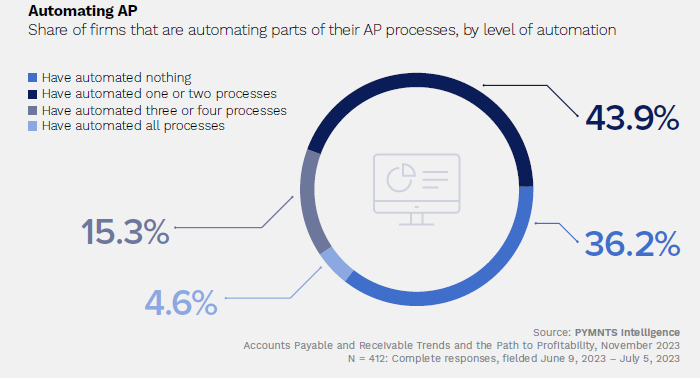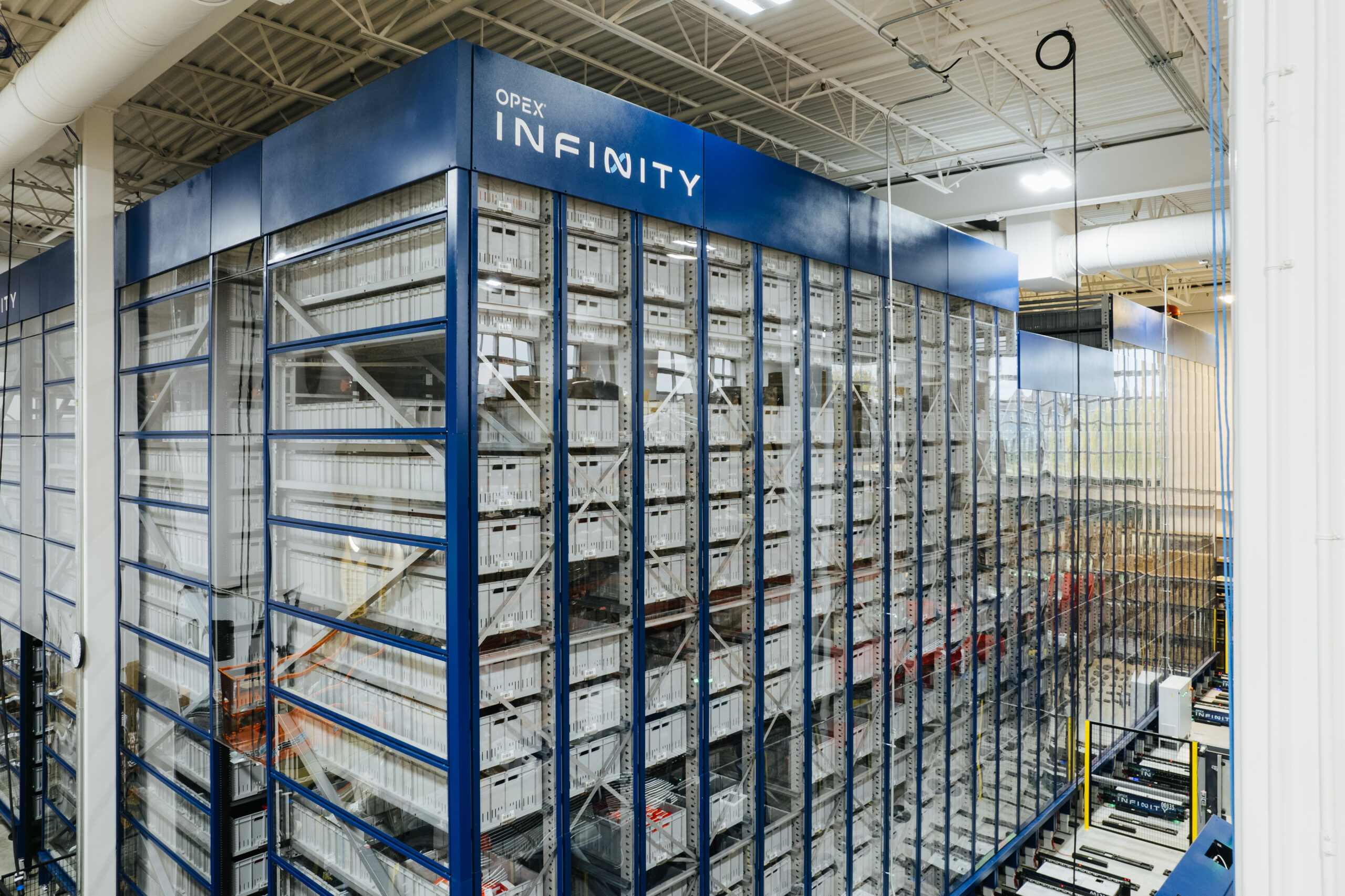Almost two decades later, President Lyndon B. Johnson appointed a 14-member commission of academics, business executives and union leaders to come up with solutions. The commission’s recommendations were radical, including a basic income for all families, free public education through grade 14 and the guarantee of full employment.
The proposals were ultimately shelved amid economic shifts and political caution. But as a similar array of political and business leaders debates how to cope with AI today — the Biden administration is expected to release an executive order on AI regulation Monday, and tech executives and civil groups are meeting this week in Britain for a summit on AI’s dangers — the recommendations suggest the kind of bold action that may actually be required to cope with the immense challenges posed by AI.
In 1946, Ford Motor Company’s vice president of manufacturing, Delmar Harder, instructed his engineers, “Give us more of that automatic business, that automation.” With this command, Harder is credited with coining the term that would define America’s postwar industrial boom.
The automation revolution following World War II resulted from applications of the mathematical language described by Norbert Wiener in his best-selling 1948 book “Cybernetics,” involving a new science of communication and control that allowed machines to talk to one another. But Wiener soon grew alarmed at the real-world consequences of his theories. Just as current MIT professor Max Tegmark recently organized his counterparts in a letter calling for a moratorium on AI development, in 1949 Wiener — also an MIT professor — sought allies among corporate and labor leaders to confront the dangers of automation.
He eventually linked up with Walter Reuther, the new 42-year-old president of the United Auto Workers. Though mired in contract negotiations with Ford, Reuther was captivated by Wiener’s letter warning of “the very pressing menace of the large-scale replacement of men of labor by machines.” The two met in March 1950 to plot a strategy.
Reuther quickly became recognized for his visionary ideas to address the human effects of the automated workplace, including a guaranteed annual wage that required automakers to pay employees who lost their jobs to the new machines. But when he appeared before Congress in 1955 to address what was known as “automation hysteria,” lawmakers seemed conspicuously unconcerned. After hearing from scores of witnesses over nine days of hearings, Joint Economic Committee chairman Wright Patman (D-Tex.) stated sanguinely that “every witness recognized automation as progress” — ignoring the views of those like Reuther, who believed that technological progress was inevitable but asked Congress to take measures to alleviate its human toll.
One of those seeking to bridge the gap was John F. Kennedy, then a freshman senator from Massachusetts. His first Senate floor speeches addressed the calamitous hollowing out of the textile industry in New England. The ideas he offered to help resuscitate the region became a template for later reform efforts, including the Area Redevelopment Act, one of the first bills he signed as president.
During his 1960 presidential run, Kennedy carefully studied Reuther’s speeches on automation. Appearing before the AFL-CIO’s summer meeting a few weeks before the Democratic convention, Kennedy warned of automation’s “dark menace of industrial dislocation, increasing unemployment and deepening poverty.” His speech helped seal labor’s endorsement and his nomination.
Kennedy acted on these concerns as president, signing the Manpower Training Act in 1962 to equip workers for the automated workplace — much like legislation introduced this summer by Senate Commerce Committee chairwoman Maria Cantwell (D-Wash.) to train today’s workers to adapt to the AI revolution. But Kennedy soon grew concerned such reactive measures were insufficient against the force of technology’s advance. He decided to act on a campaign promise to bring the “best and brightest” together to develop a response as innovative as the machines themselves.
Kennedy was assassinated in 1963, but in his first State of the Union the following January, Johnson urged passage of the pending Kennedy automation commission bill. Congress obliged, and on Aug. 19, 1964, LBJ signed the legislation that formally created the National Commission on Technology, Automation, and Economic Progress, noting, “If we have the brainpower to invent these machines, we have the brainpower to make certain that they are a boon, not a bane, to humanity.”
Yet after a year of deliberations, the panel’s labor representatives, led by Reuther, worried the commission’s draft report did not go far enough to address Johnson’s plea that in the automated future “no workingman, no family must pay an unjust price for progress.” Commission member Thomas Watson Jr., the chief executive of IBM, whose computing devices were transforming the postwar white-collar job environment, realized a year’s work was at stake. During congressional hearings, Watson had joined Reuther in urging Congress take action to address the corrosive effects of “electronic brains” on both factory and office workers.
The commission’s chairman, University of Iowa president Howard Bowen, helped satisfy Reuther’s concerns in the commission’s final draft of its report, which it was scheduled to deliver in January 1966. However, a dramatic blizzard caused the White House to cancel its ceremony to announce the panel’s results. It was never rescheduled. With unemployment subsiding, Johnson saw little political upside to identifying with recommendations for guaranteed jobs and income.
On Capitol Hill, Rep. Joe Waggonner (D-La.) chided the recommendations as amounting to “deep dish pie in the sky.” The Los Angeles Times suggested if it were not for the prestige of its members, the commission’s “radical recommendations would be ignored.” They basically were: Even the chief Senate sponsor of the legislation to establish the commission, Jacob Javits (R-N.Y.), took no action on them, instead simply entering the final report into the Congressional Record.
But while the commission’s recommendations may have seemed “pie in the sky” at the time, today, as the country wrestles with AI, they have a certain prescience. A coalition of the nation’s mayors has backed a range of ongoing pilot programs testing versions of a basic income. President Biden has called for two free years of community college — effectively public education through grade 14 — and Virginia recently expanded free public education in some high-demand fields.
Meanwhile, as congressional consensus over how to regulate AI remains elusive, Rep. Ted Lieu (D-Calif.) and Sen. Brian Schatz (D-Hawaii) introduced a bipartisan bill in June to establish a national AI commission. A future AI Commission might well aspire to the sort of ambitious proposals its 1965 predecessor produced — while recognizing the hurdles to having them taken seriously.
Jerry Prout is the author of “Chasing Automation” and teaches at Marquette University’s Les Aspin Center in D.C.










